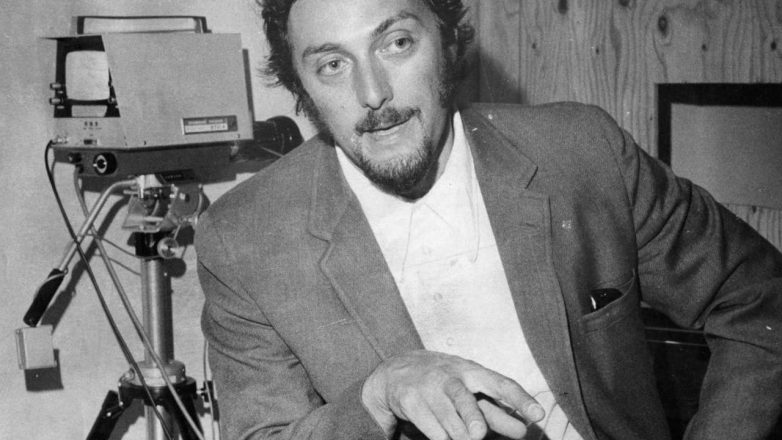

Obituary – Death – Cause of death News :
Psychologist Behind Stanford Prison Experiment Dies at 91
Philip G. Zimbardo, the renowned psychologist known for the controversial Stanford Prison Experiment, has passed away at the age of 91. The experiment, conducted in 1971, aimed to explore the psychological effects of imprisonment on individuals.
Zimbardo and his team of graduate students recruited college-aged males to participate in a simulated prison environment in the basement of a building on the Stanford campus. However, the study had to be abruptly halted after just six days due to the alarming behavior exhibited by the participants. The students playing the role of guards became increasingly abusive, while those portraying prisoners experienced extreme anxiety, depression, and anger.
Criticism was directed at Zimbardo for his active involvement in the study as the superintendent, blurring the lines between researcher and participant. Despite the controversy, the Stanford Prison Experiment has since become a pivotal case study in psychology classes, shedding light on the nature of evil and the ethical considerations of psychological research involving human subjects.
Apart from the infamous experiment, Zimbardo’s research spanned various areas including persuasion, hypnosis, cults, shyness, altruism, and compassion. He leaves behind a lasting legacy in the field of psychology.
Zimbardo is survived by his wife, Christina Maslach Zimbardo, three children, and four grandchildren. His contributions to the field of psychology will continue to be remembered and studied for years to come.

Controversial ‘Stanford Prison Experiment’ psychologist dies at 91
Who was Philip G. Zimbardo?
Philip G. Zimbardo was a renowned psychologist known for his controversial “Stanford Prison Experiment” conducted in 1971. He passed away at the age of 91 in his home in San Francisco.
What was the Stanford Prison Experiment?
The Stanford Prison Experiment was a study led by Zimbardo and his team, where college-aged males were recruited to spend two weeks in a mock prison set up in the basement of a building on the Stanford campus. The study aimed to examine the psychological experiences of imprisonment.
Why was the study ended prematurely?
The study was terminated after just six days as the students playing the role of guards exhibited psychologically abusive behavior, while those playing prisoners became anxious, emotionally depressed, and enraged. This behavior was deemed unacceptable, leading to the early termination of the experiment.
What was Zimbardo criticized for?
Zimbardo received criticism for taking on the role of superintendent in the study, which made him an active participant rather than a neutral observer. This raised ethical concerns about his involvement in the experiment.
What was the outcome of the study?
Zimbardo later co-wrote that the outcome of the study was shocking and unexpected. The experiment shed light on the psychology of evil and sparked discussions about the ethics of psychological research involving human subjects.
How is the Stanford Prison Experiment used today?
The Stanford Prison Experiment is now used in psychology classes to study the psychology of evil and the ethics of psychological research with human subjects. It serves as a cautionary tale about the impact of power dynamics on human behavior.
What other research did Zimbardo conduct?
Apart from the Stanford Prison Experiment, Zimbardo’s research covered a wide range of topics including persuasion, hypnosis, cults, shyness, time perspective, altruism, and compassion. His work contributed significantly to the field of psychology.
What was Zimbardo’s personal life like?
Zimbardo is survived by his wife, Christina Maslach Zimbardo, three children, and four grandchildren. Despite the controversies surrounding his research, he leaves behind a legacy of influential work in the field of psychology.



